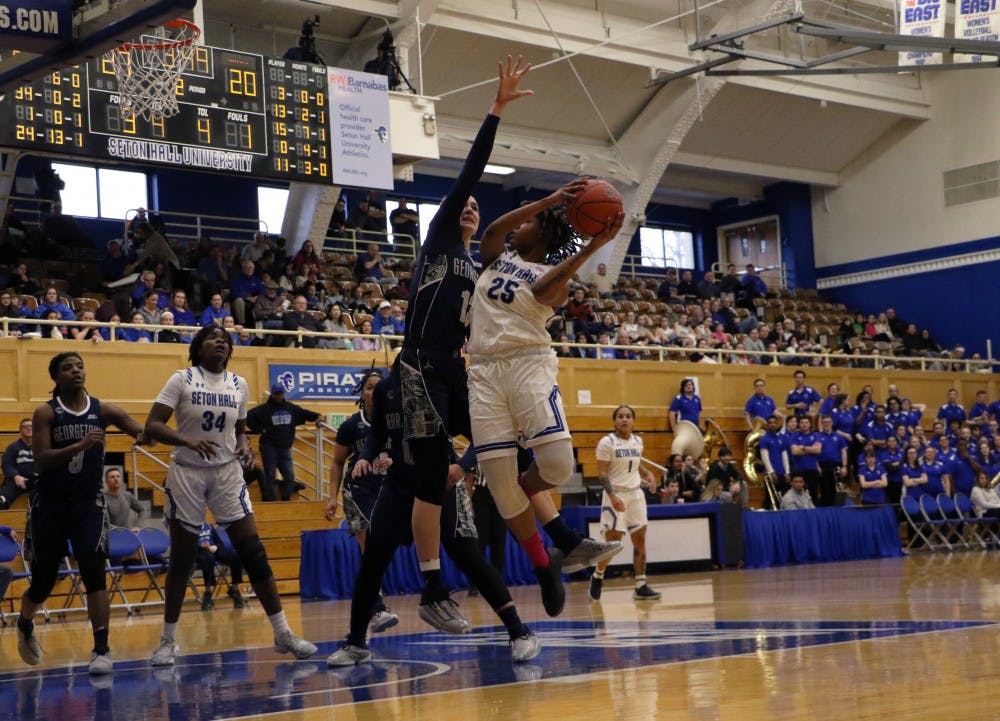It is rare that one finds an exhibit as deeply personal and interactive as "Voices of Liberty" at the Museum of Jewish Heritage - A Living Memorial to the Holocaust. "Voices of Liberty," an award-winning exhibit which is part of the Museum's Keeping History Center, utilizes modern technology and the Museum's close proximity to the Statue of Liberty and Ellis Island to bring to life the stories of a diverse group of Holocaust survivors, refugees, and other individuals who made the life changing decision to make the United States their new home.
The stories of these individuals are not told through artifacts and images. You do not read about their experiences of immigration; instead, you listen to them, and by hearing the voices of these brave Americans you connect to their stories in a profoundly moving manner.
Upon entering the exhibit of the lower Manhattan Museum, you are given an iPod touch that enables you to listen to first-hand, audio testimonies of people who immigrated to the United States. With an incredible view of the Statue of Liberty, Ellis Island, and New York Harbor, it is easy to understand why images were not needed to help visitors connect to the audio testimonies. Everything that the speakers are describing is right in front of you, so close that you almost feel as if you could reach out and touch Lady Liberty.
The exhibit is divided into nine different stations, each of which has a different theme. You walk to the stations and listen to a variety of testimonies relating to each of these themes and, while you listen, you sit and take in the astounding view of New York Harbor that is often a central part of many of the testimonies. As you walk from each station, you hear people talk about why they had to leave their countries of birth, what it was like to see the Statue of Liberty for the first time, their initial impressions of the country, and the process of adapting to a new country and making it your home. The location truly plays an intricate part in this exhibit.
The station entitled "liberty," for instance, is aligned almost directly with the Statue of Liberty, and as you hear the people describe their first encounters with the Statue of Liberty, you are able to see the monument yourself and understand what it would have been like to watch it emerge on the horizon after days out on the Atlantic.
Gallery educator and Holocaust survivor Sally Frishberg shared her views on the exhibit with the Setonian.
"It's very interesting, I feel exactly the way they do," she said. "America is the best thing that happened to people and we understand this and appreciate it." Frishberg also discussed a connection which exists between the Seton Hall community and the Museum. Frishberg actively and frequently shares her story of survival with groups who visit the Museum; however, she explained that it was a member of the Seton Hall community who first prompted her to share her story. Msgr. Oestreicher, who founded the Jewish-Christian Studies program at Seton Hall in 1953, discussed the importance of Holocaust survivors sharing and discussing their experiences so that younger generations might learn from them. Frishberg expressed her gratitude towards Oestreicher, and said that his words were what she needed to free herself from the constraints that had prevented her from discussing her experiences for many years.
Sharing experiences is exactly what "Voices of Liberty" is all about, and you will have a difficult time finding another exhibit quite like this one.
"I think it's a spectacular, unparalleled exhibit," Alison Farber, a Museum educator for new media explained. "You're not going to see something like this at another Holocaust museum- it's a personal experience where you get a glimpse into other people's lives, and by hearing so many voices together, you can understand what it's like to start a new life.
"The technology allows you to contemplate what the people have to say in an interactive way" She continued, "In this exhibit, it's you, the voices, and the view."
Farber played an active role in the creation of the "Voices of Liberty" exhibit, and she currently continues to manage and help advance it.
American immigration is an area of history that nearly all Americans feel a strong connection to. The voices that compose "Voices of Liberty" not only embody the voices of specific individuals, but they are also a part of a larger voice- the voice of America, and that is what makes "Voices of Liberty" such a poignant and important exhibit. Students can receive an additional two dollars off the Museum's student's fee by visiting http://www.mjhnyc.org/heritagetours, and with Fourth of July just around the corner, "Voices of Liberty" is an excellent way to celebrate American life and culture.





